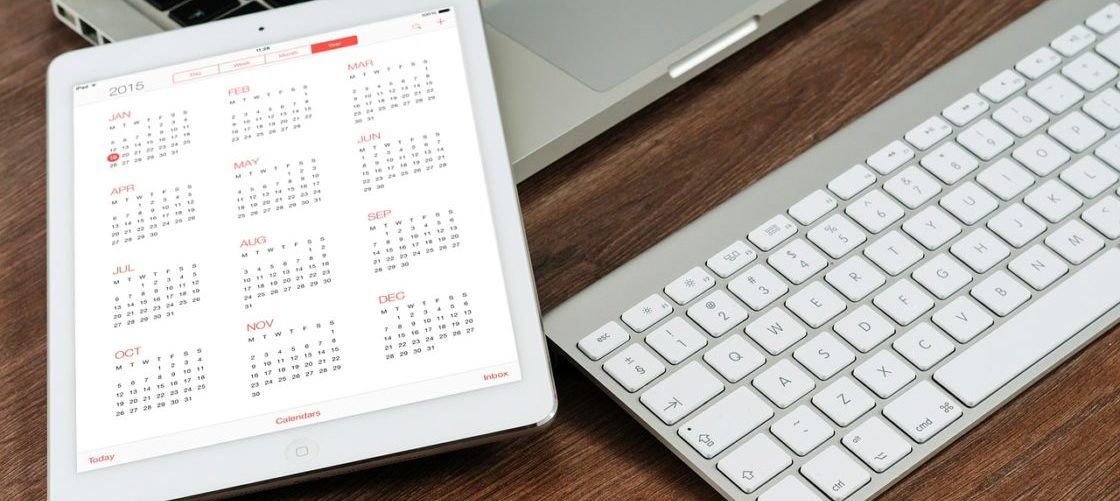We’ve broken down some of the easiest financial tasks into a month-by-month annual Financial Fitness plan. Arrange these tips to fit your own yearly schedule, but try doing one each month to actively support your Financial Fitness.
Once you’re Financially Fit, you need to maintain that fitness over time. Your process should be ongoing, but not take over your life, because your focus should be on living well and growing your Pay Yourself First account. The fastest way to Financial Freedom is by adding to your Freedom Generator whenever you can. With that in mind, here’s your annual Financial Fitness plan!
January: Reducing Expenses
If you’ve had no big changes in your life, January is a great time to check your Money Management Plan. Expenses have a way of creeping in (and up!) throughout the year. So evaluate your monthly spend for unnecessary expenses. And make sure you’re sending as much as possible to your Pay Yourself First account each month.
February: Start Tax Prep
Start on your taxes. When you prepare your taxes early, you’ll feel less stress around the process. Plus, you can invest any refund you receive more quickly or, if you experienced unforeseen circumstances during the year, you’ll have additional time to prepare for an unexpected tax bill.
March: Review Your Credit
When your goal is Financial Freedom, you shouldn’t use credit unless you pay the total balance every month. And you should only be making purchases when you can pay for them—not when you have enough credit available. But not using credit doesn’t mean you should ignore your credit report! Always keep an eye on your credit report in case of fraud or identity theft especially since you can get a free report once a year.
April: Reduce Expenses
If you received a large tax refund, now is a good time to adjust your tax withholding. You don’t want to pay too little, but the higher your Cash Flow every month the more you send to your Pay Yourself First account throughout the year.
May: Check Your Appliances
Saving energy isn’t just about saving money. Reducing your energy use is good for the environment and your cash flow. In May, check your major appliances to make sure they are well-maintained and working properly. If an appliance is too old, look for a deal on an energy-saving replacement. May is the month when manufacturers roll out new refrigerator models, and for other appliances, you can take advantage of the sales on the holiday weekend. Purchasing quality items and taking care of them saves money in the long term!
June: Downsize
Spring cleaning is here! Now is the time to purge, so have the family do a review of belongings. If there are toys, electronics or other items that are no longer in use put them on eBay or Craigslist to make some extra cash.
July: Review Your Investments
Your Freedom Generator works because you choose quality investments that put money in your pocket right away. Of course, circumstances can change, and an investment might not continue to meet your needs. For example, a rental property might be worth quite a bit on paper, but when you calculate the total maintenance, you end up with a loss at the end of the year. Review your investments to make sure each one is adding to your Freedom Generator and not costing you money!
August: Protect Yourself
We have to expect the unexpected, and that’s why the third Money Principle is Protect Yourself. August is a great time to create an up-to-date photo record of your valuable possessions. Take the time to check on your homeowner’s or renter’s insurance policy as well. Do you have enough coverage to reflect your current situation? If you have too little, add some coverage. If you’re paying too much, downsize, and send that money to your Pay Yourself First account!
September: Winterize
Prepare your home for the winter months. Weather-strip doors and windows, make sure there are no gaps under doors and check for any leaks in your ductwork. With a little maintenance, you’ll save on heating bills all winter long.
October: Book Travel
If you’re traveling for the holidays, book your flights early! You’ll save money—and have greater choice—when you avoid the last-minute crunch.
November: Cut Subscriptions
Remember that gym membership or beauty box you signed up for but never use? Once your card is on auto-pay, getting out of your subscription can be tough. And that’s what these companies count on! Look over your credit card and bank statements to make sure you’re not being charged for memberships you no longer use.
December: Add To Your Pay Yourself First Accounts
Spending your holiday bonus on gifts or winter break adventures is tempting, but stay focused on Financial Freedom! December doesn’t seem like the right month to increase your Pay Yourself First amount, does it? But since you’ve been setting aside money each month for holiday gifts, your overall finances aren’t affected by the holidays. So send that holiday bonus, or if you overestimated any expenses throughout the year and have that extra leftover, send it to your Pay Yourself First account! Do remember that you need to live a life you’re comfortable with now, but using that extra to pay off debt or add to your Pay Yourself First account will help you reach Financial Freedom more quickly.
Your Financial Fitness will be much easier to maintain when you work on it a little bit each month!
image credit: pixabay/FirmBee
Dr. Tony is the co-founder of MindShift.money and the best-selling author of three books on personal and business finances. Having achieved Financial Freedom at 27, Dr. Tony believes that through Financially Fit Bootcamp and Cash Flow Cure everyone can get there. He has made it his life’s mission to help others live a life where their money works for them—not the other way around.
